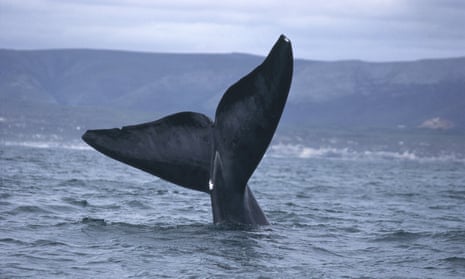Should you eat whale meat? Reports on Iceland’s new retirement home for beluga whales note that, after viewing the animals – rescued from a Shanghai marine park – tourists can then visit a harbourside restaurant where they can dine on whale meat. Last week, Iceland resumed whaling after a three-year hiatus, killing a 20-metre fin whale on the country’s west coast.
The Iceland sanctuary has been set up with the assistance of the highly reputable Whale and Dolphin Conservation organisation. Danny Groves of WDC notes that only 3% of Iceland’s local population now eat whale. He points out that the country’s whale-watching industry far outweighs whaling economically. “The sanctuary ... should be championed as an alternative to the cruel practises of whale and dolphin hunting and the keeping of these animals in captivity,” he says.
The sanctuary is funded by Merlin Entertainments, the owners of Legoland – ironically the site of Windsor Safari Park, where dolphins and an orca named Ramu were kept in an oversized swimming pool in the 1970s. (I remember it well. Ramu was the first whale I ever saw. The vision of his proud dorsal fin, flopped over with stress, has never left me.)
Many people don’t see anything wrong in eating whales and dolphins. In 2013, the in-house cafe at a marine park in Taiji, Japan – scene of the documentary The Cove – put cetaceans on the menu. Love the dolphins? Now eat them!
We Brits used to eat them, too. A medieval edict reserved whale meat for the monarch and the nobility. During the first world war, the scientists of the Natural History Museum in London invited journalists to eat a dolphin that had been unfortunate enough to swim up the Thames, to demonstrate a solution to wartime shortages. In the second world war and the period of austerity afterwards, the government published recipes for whale curries.
Up until the 1960s, margarine often contained whale oil. And in 2015, Arthur Boyt, a retired biologist in Cornwall, ate a stranded dolphin for his Christmas dinner, rationalising that it was a good use of the marine “roadkill”.
Quite apart from the ethics of eating a sentient animal, cetacean meat is positively dangerous – a result of their place at the top of the marine food chain, accumulating heavy metals in their bodies.
In the Faroe Isles, where pilot whale meat is eaten regularly, islanders have been warned by their own government that the risks of consuming such contaminated food include infertility and premature senility.
So, should you eat whale? Don’t be so bloody stupid.

Comments (…)
Sign in or create your Guardian account to join the discussion